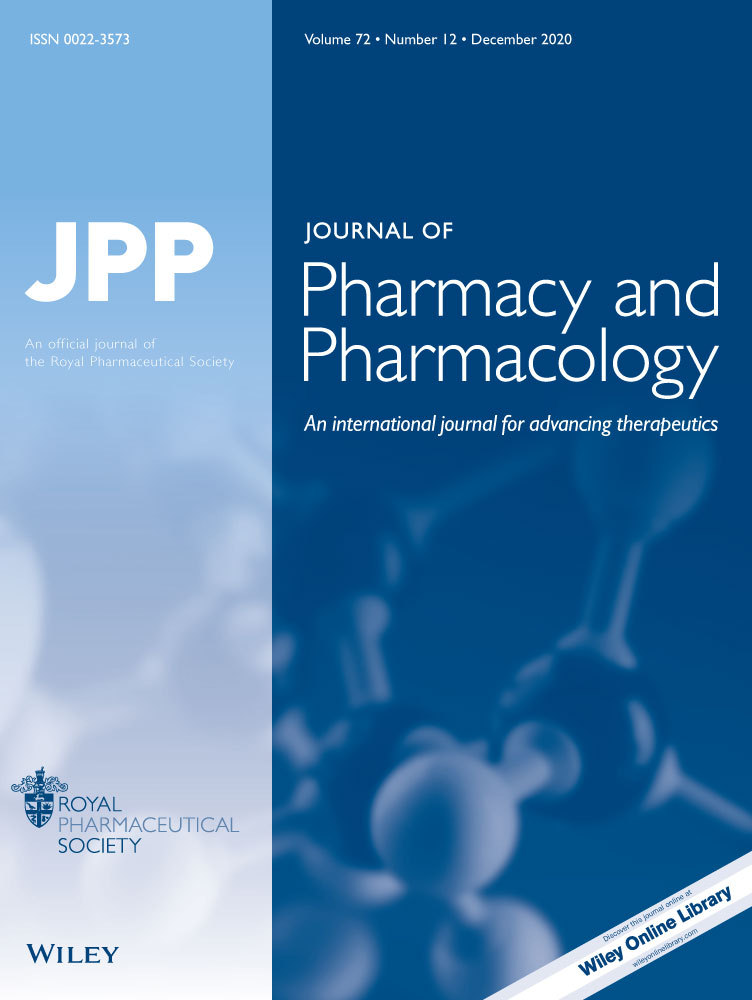The influence of β-cyclodextrin on the solubility and dissolution rate of paracetamol solid dispersions
Abstract
Abstract— The effect of cyclodextrin (β-CD) on the solubility and dissolution rate of various paracetamol dispersion powders (1:1 w/w), and tablets was studied. Lower solubility was exhibited by a spray dried solid dispersion made from paracetamol-Ethocel-Macrogol 6000 (95:2:3). The improvement in solubility was influenced by complexation with β-CD and the crystalline nature of the powder products made by different procedures. The difference in crystallinity was confirmed by X-ray powder diffraction patterns. The dissolution rate of paracetamol from tablets made from the solid dispersions was satisfactory compared with paracetamol alone. The differences between the dissolution rate from the examined paracetamol tablets resulted from the different solubility of each powder and from the structural changes of particles which influenced the consolidation of the tablet mass.




